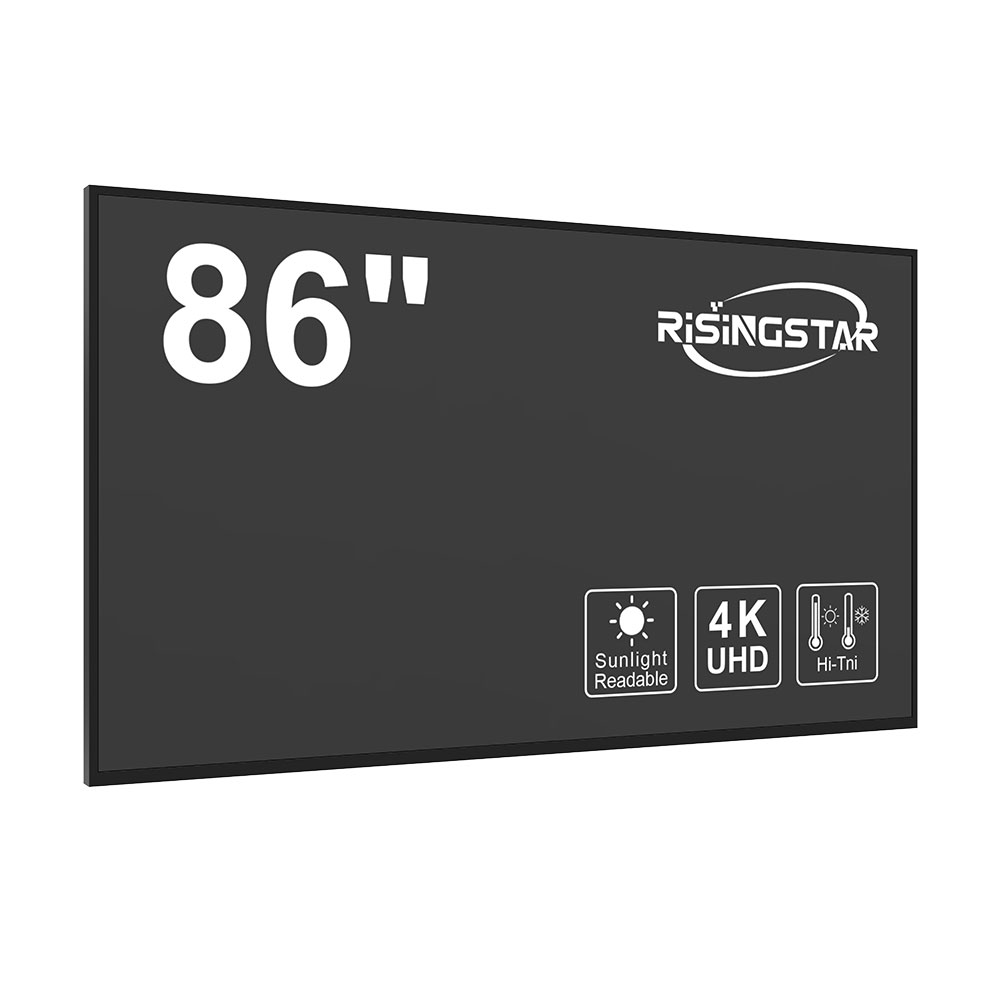
Privacy statement: Your privacy is very important to Us. Our company promises not to disclose your personal information to any external company without your explicit permission.
When selecting an outdoor LCD screen for industrial applications, manufacturers and distributors must prioritize durability, visibility, and long-term reliability—especially in harsh environments. Unlike indoor displays, outdoor LCDs are exposed to extreme temperatures, humidity, UV radiation, and physical vibrations, making robust design and high-performance components essential. According to the IEC 60068 standards for environmental testing, industrial-grade outdoor screens should be rated at least IP65 (dust-tight and protected against water jets) and withstand operating temperatures from -30°C to +70°C.
A key consideration is brightness. For sunlight readability, a minimum of 5,000 nits is required in direct sunlight, with many industrial users opting for 7,000–10,000 nits for optimal performance under peak solar irradiance. High-brightness LED-backlit panels with anti-glare coatings and wide viewing angles (typically 178° horizontal/vertical) ensure consistent visibility across diverse user positions and lighting conditions.
Another critical factor is display technology. IPS (In-Plane Switching) panels offer superior color accuracy and wider viewing angles compared to TN (Twisted Nematic) panels, making them ideal for control rooms, construction sites, or transportation hubs where operators view screens from multiple angles. For ultra-rugged applications—such as oil rigs, mining operations, or military vehicles—consider ruggedized LCD modules with MIL-STD-810G certification for shock and vibration resistance.

Power efficiency and connectivity also matter. Many modern outdoor displays support PoE (Power over Ethernet), reducing cabling complexity in remote installations. Integration with IP-based video management systems (VMS) via HDMI, DisplayPort, or USB-C ensures compatibility with existing infrastructure. Additionally, built-in thermal management systems—including passive heat sinks and active cooling fans—prevent overheating during prolonged operation.
Case studies from major OEMs like Siemens and ABB show that choosing a certified, field-tested outdoor LCD with a 5-year warranty significantly reduces downtime and maintenance costs. Always request test reports from suppliers confirming compliance with international standards such as EN 60950 (safety) and FCC Part 15 (EMI).
Ultimately, the best outdoor LCD screen for industrial use balances technical specifications with real-world resilience—ensuring clear visuals, operational uptime, and long-term cost-effectiveness across global markets.
Email to this supplier

Privacy statement: Your privacy is very important to Us. Our company promises not to disclose your personal information to any external company without your explicit permission.